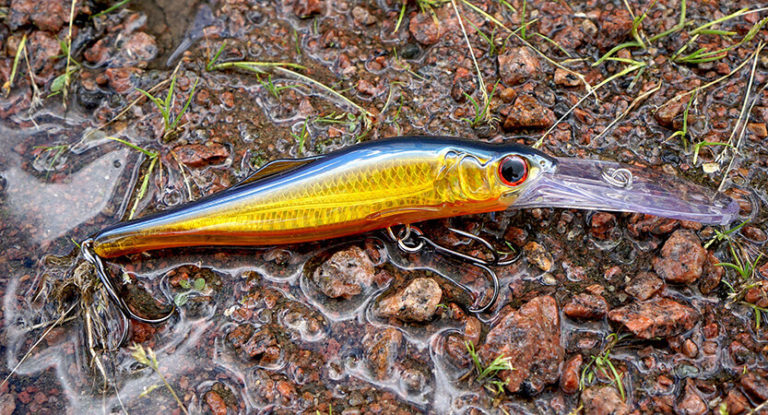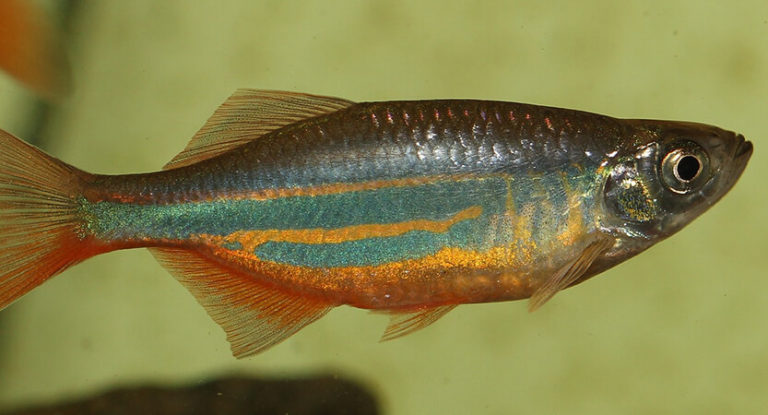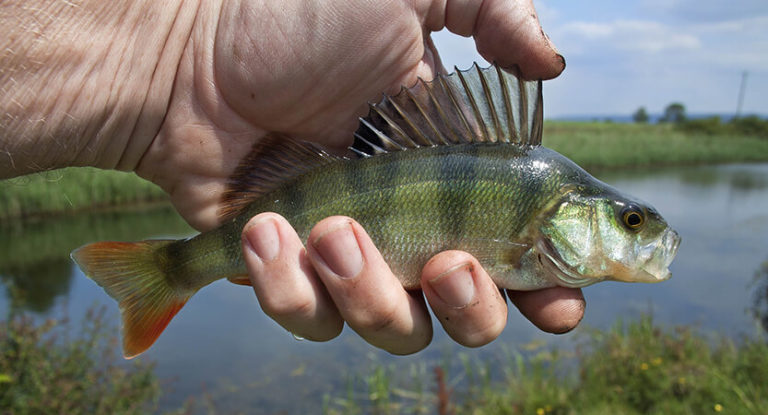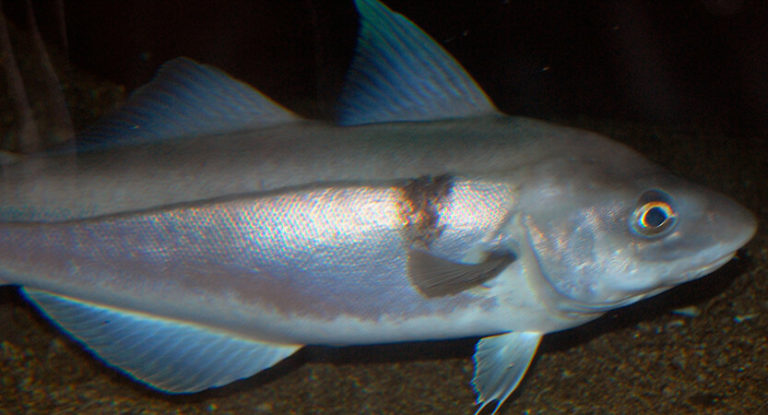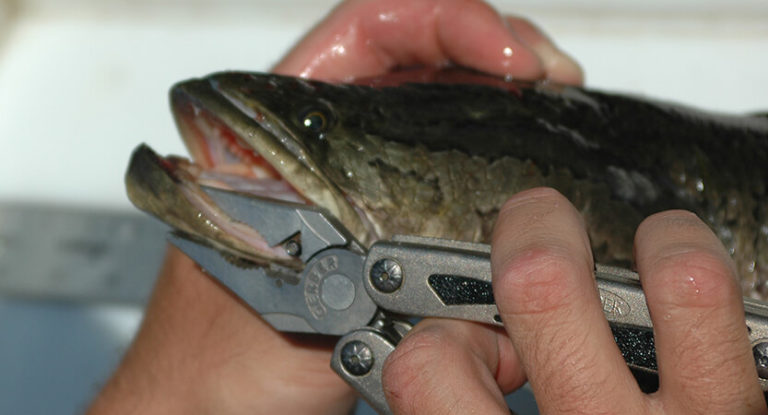Amberjack belong to the vast family of horse mackerels, which, in turn, belong to the percussion order. Amberjack fish are represented by a large number of species (at least 200). Among them, one can note both medium-sized horse mackerels and two-meter amberjack. Amberjack include a large group of fish of various colors and sizes.
Here is an overview of the content of this tutorial, feel free to jump to any section you care about:
For more fishing instructions, take a look at these popular Trizily links: Garfish Fishing.
Amberjack Fishing
Overview of amberjack
In appearance, the fish have similar characteristics: a torpedo-shaped body, compressed laterally and covered with small scales. The first short dorsal fin has several spines and a common membrane. The head has a conical shape and is slightly pointed. Amberjack are fast-growing active predators. They migrate after the schools of small fish, but prefer warm water. Even in the case of summer migrations after flocks of mackerel or sardines in the northern waters, after a seasonal cooling, they return to the warm seas.
Amberjack are pelargic predators who prefer collective hunting in the continental shelf or coastal dump zone. Keeps in small groups. Some amberjack have another name – amberjack, which is used by locals, and is also popular among lovers of sea fishing. Several species of amberjack are found in the Far East, including yellow-tailed lachedra. In general, marine fishermen are especially interested in amberjack – large amberjack and yellow-tails, which are distinguished by an elongated body and a brighter color.
Reproduction habit of amberjack
Amberjack are pelargic fish with rapid growth. Spawning takes place in the summer, spawns portioned, the cycle is stretched. Caviar and larvae are pelargic. At first, juveniles feed on zooplankton, but quickly begin to hunt small fish.
Amberjack fishing guide: Techniques, bait and gear
Amberjack fishing techniques
The most popular fishing method for amberjack is sea trolling. The fish behaves very actively, often breaks down and makes difficult maneuvers, which gives fishermen great pleasure. Amberjack are aggressive predators, they sharply attack the bait, and therefore such fishing is distinguished by a large number of emotions and stubborn resistance of the fish. Amberjack and yellow tails are often caught on marine spinning. With this method, it is worthwhile to prepare for prolonged survival and struggle, in which it is difficult to predict the result.
Trolling for amberjack
Amberjack, due to their size and temperament, are considered a worthy adversary. To catch them, you will need the most serious fishing gear. To search for fish, a method such as trolling is most suitable. Sea trolling is a way of fishing using a moving motor vehicle, such as a boat or boat. For fishing on ocean and sea open spaces, specialized vessels equipped with numerous devices are used.
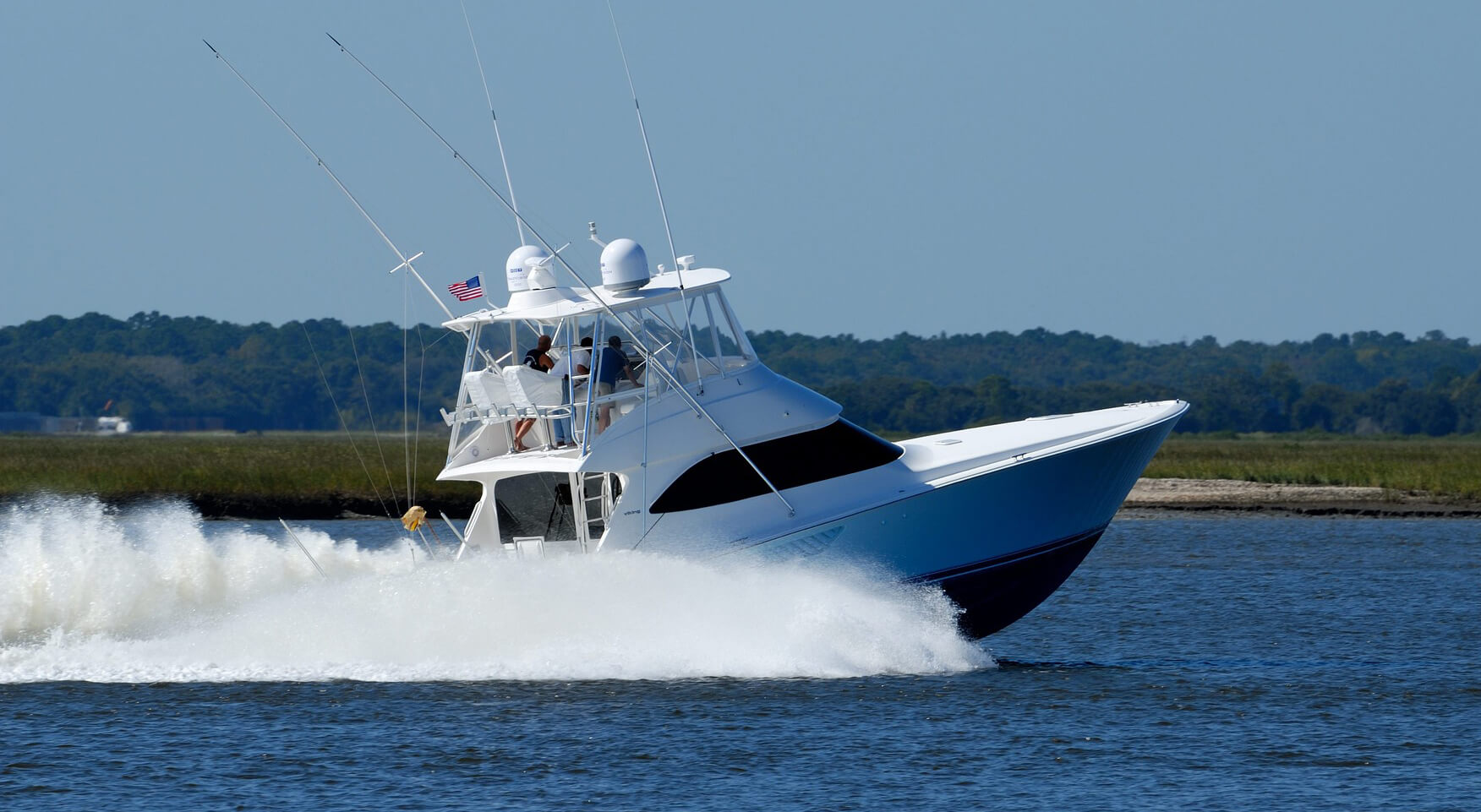
The main ones are the holders of the rods, in addition, the boats are equipped with chairs for fishing, a table for making baits, powerful echo sounders and more. Rods are also used specialized, made of fireberglass and other polymers with special fittings. Reels are used multiplier, maximum capacity. The device of trolling reels is subordinated to the basic idea of such gear – strength. A monolesk with a thickness of up to 4 mm and more is measured in such fishing kilometers. There are a lot of auxiliary devices that are used depending on the fishing conditions: for deepening equipment, for placing lures in the fishing zone, for attaching bait, etc., including numerous elements of equipment.
Trolling, especially when hunting for marine giants, is a group type of fishing. As a rule, several rods are used. In the case of bite, the coherence of the team is important for the result. Before the trip, it is advisable to learn the rules of fishing in the region. In most cases, fishing is carried out by professional guides who are fully responsible for the event. It is worth noting that the search for a trophy at sea or in the ocean can be associated with many hours of bite waiting, sometimes to no avail.
Spinning for amberjack
Many anglers use spinning gear to catch amberjack and yellowtail. For gear in spinning fishing for sea fish, as in the case of trolling, the main requirement is reliability. Fishing, also, most often occurs with boats of various classes. Spinning fishing from a boat may differ in lure feeding principles. This can be the usual casting and reeling in horizontal planes or vertical fishing on jigging baits, such as a pilker. Rod tests should be consistent with the intended bait. When fishing with casting, lighter spinning rods are used. The reels should also be with an impressive supply of fishing line or cord.
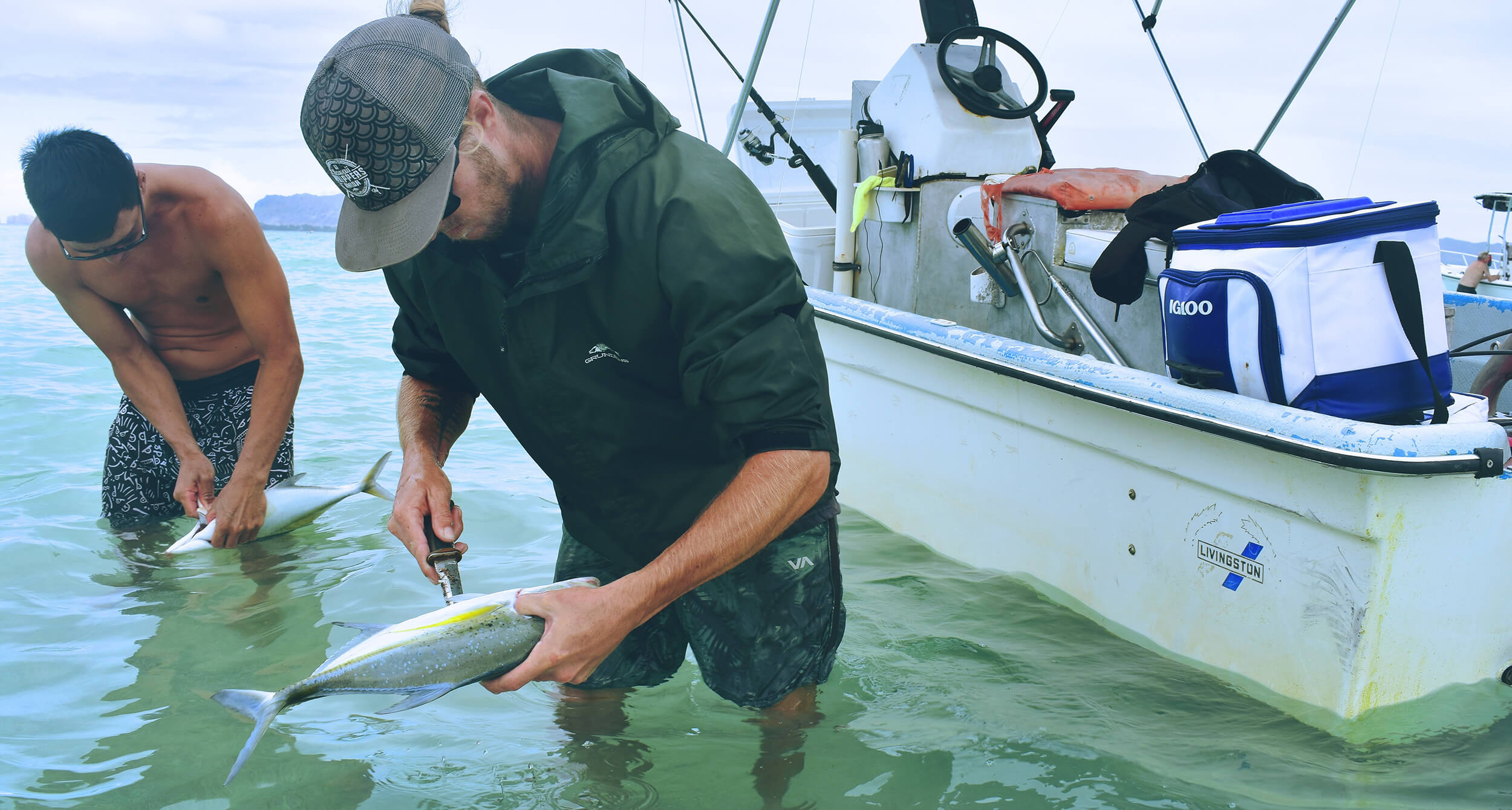
In addition to a trouble-free brake system, the reel must be protected against salt water. Many types of marine fishing techniques require very fast wiring, which means a high gear ratio of the winding mechanism. According to the principle of action, the coils can be either multiplier or inertia-free. Accordingly, the rods are selected depending on the reel system. When fishing for spinning sea fish, the fishing technique is very important. To select the correct wiring, you must consult experienced fishers or guides.
Amberjack fishing bait
For fishing of amberjack, traditional sea lures corresponding to the type of fishing are used. For marine jig, these are various pilkers, their weight can vary up to 250-300 g, in addition, it can be silicone baits and more. Trolling is most often caught on various spinners, wobblers and silicone imitations. Natural baits are also used for this, experienced guides make baits using special equipment.
Where to catch amberjack
Amberjack are inhabitants of warm seas. The habitat of these fish is located in the basin of the tropical and subtropical zones of the Indian, Atlantic, and Pacific oceans. Amberjack can be caught off the coast of the Far East. But the best yellowtail fishing is carried out in the area of the Japanese islands and off the coast of the Korean Peninsula. Amberjack live in the Mediterranean and Red Seas. In general, these fish include about 10 species of fish and all of them are more or less interesting for fishermen.

![The 10 Best Fishing Bobbers in 2023 [Tried & Tested] 3 The 10 Best Fishing Bobbers in 2023 [Tried & Tested]](https://trizily.com/wp-content/uploads/2022/03/best-fishing-bobbers-768x768.jpg)
